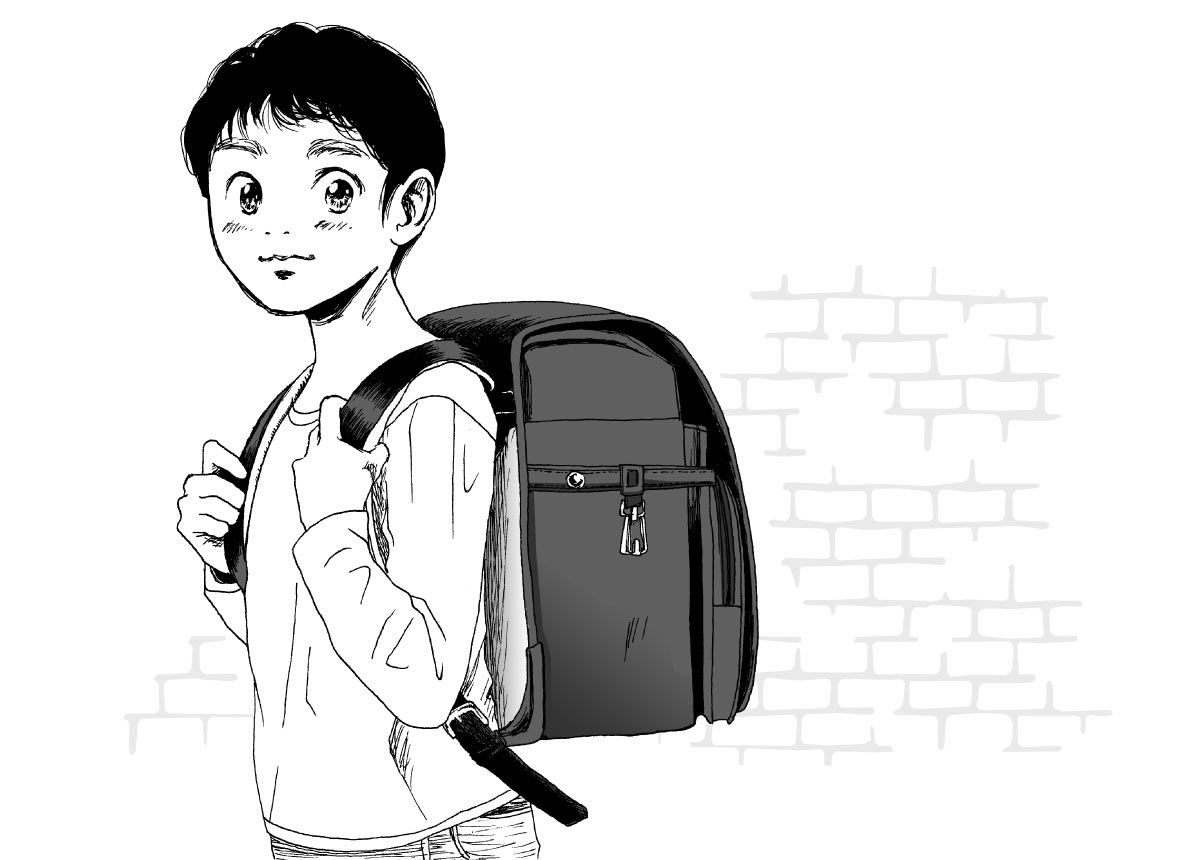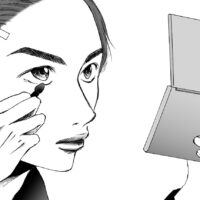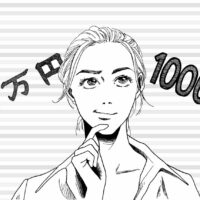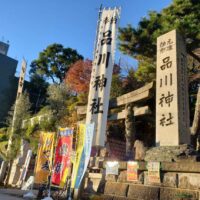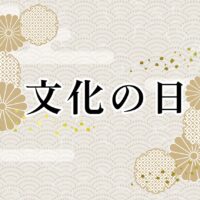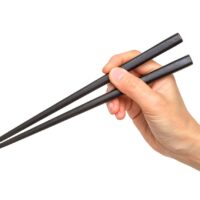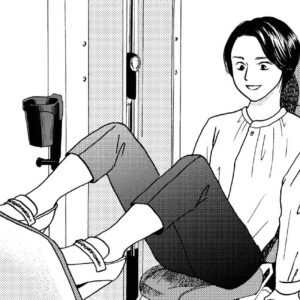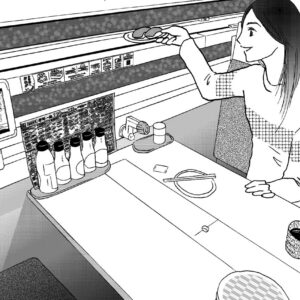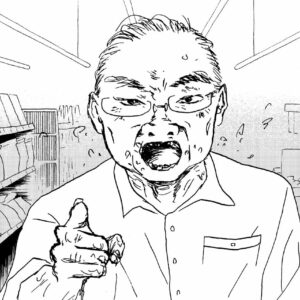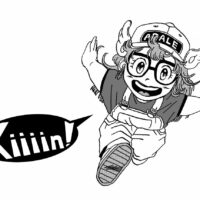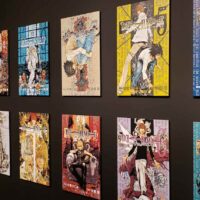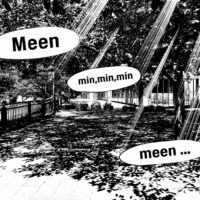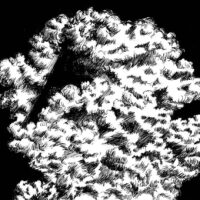The new school year in Japan begins in April. Newly enrolled elementary school students in April carry their new school bags, randoseru, to their schools.
The trademark of Japanese elementary school students is the randoseru. Randoseru is a backpack carried by them. Because it allows both hands to be free and facilitates movement, it was introduced in elementary schools throughout Japan as a schoolbag around 1880.

The reason Japanese children carry randoseru is because the bag is strong enough to last six years without breaking. Randoseru are constructed with metal plates and other materials that prevent them from losing their shape. And they are made of cowhide leather that will not tear. They cost on average $370, and the most expensive is $750. And they have become a staple gift from grandparents to grandchildren. Parents and grandparents have such strong feelings about randoseru that one year before their children or grandchildren enter elementary school, they conduct “randoseru selection activities” to select the best school bags they will have.
Around the turn of the millennium, this traditional Japanese school bag began to change. Until then, cowhide was difficult to dye, and only two colors were available: black for boys and red for girls. With improved dyeing techniques and scientific materials, children can now choose from more than 200 different colors. Randoseru, made of leather and strong, were heavy, and growing children often complained of back pain and stiff shoulders, but nowadays they are lighter and weigh only about 900g.
In addition, the randoseru market is an oligopoly of several companies, each of which is expensive, so “Isn’t it already unnecessary to have elementary school students carry only randoseru instead of the more common backpacks?” Some parents have asked. Mont-bell, which sells outdoor goods such as mountaineering equipment, developed a nylon backpack for schools as an alternative to school backpacks, which are considered expensive and heavy. The price is $110.
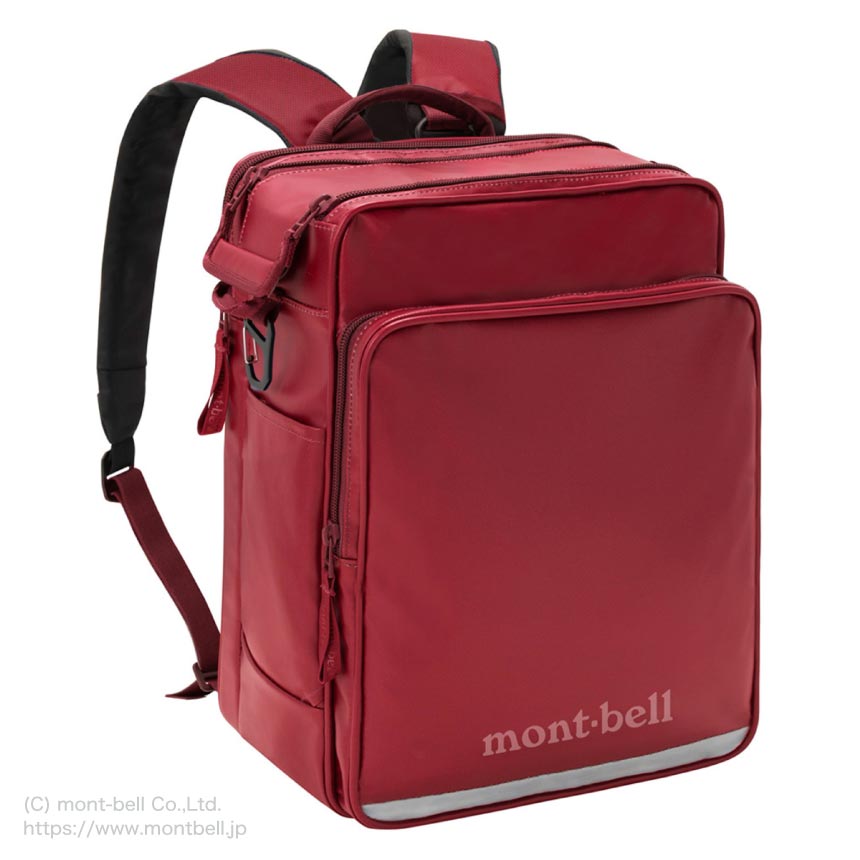
Randoseru continues to evolve. There is even a randoseru subscription service for $7 per month. Every three months, a child can choose from 50 different types of randoseru in the color and design he or she likes best “now”.



